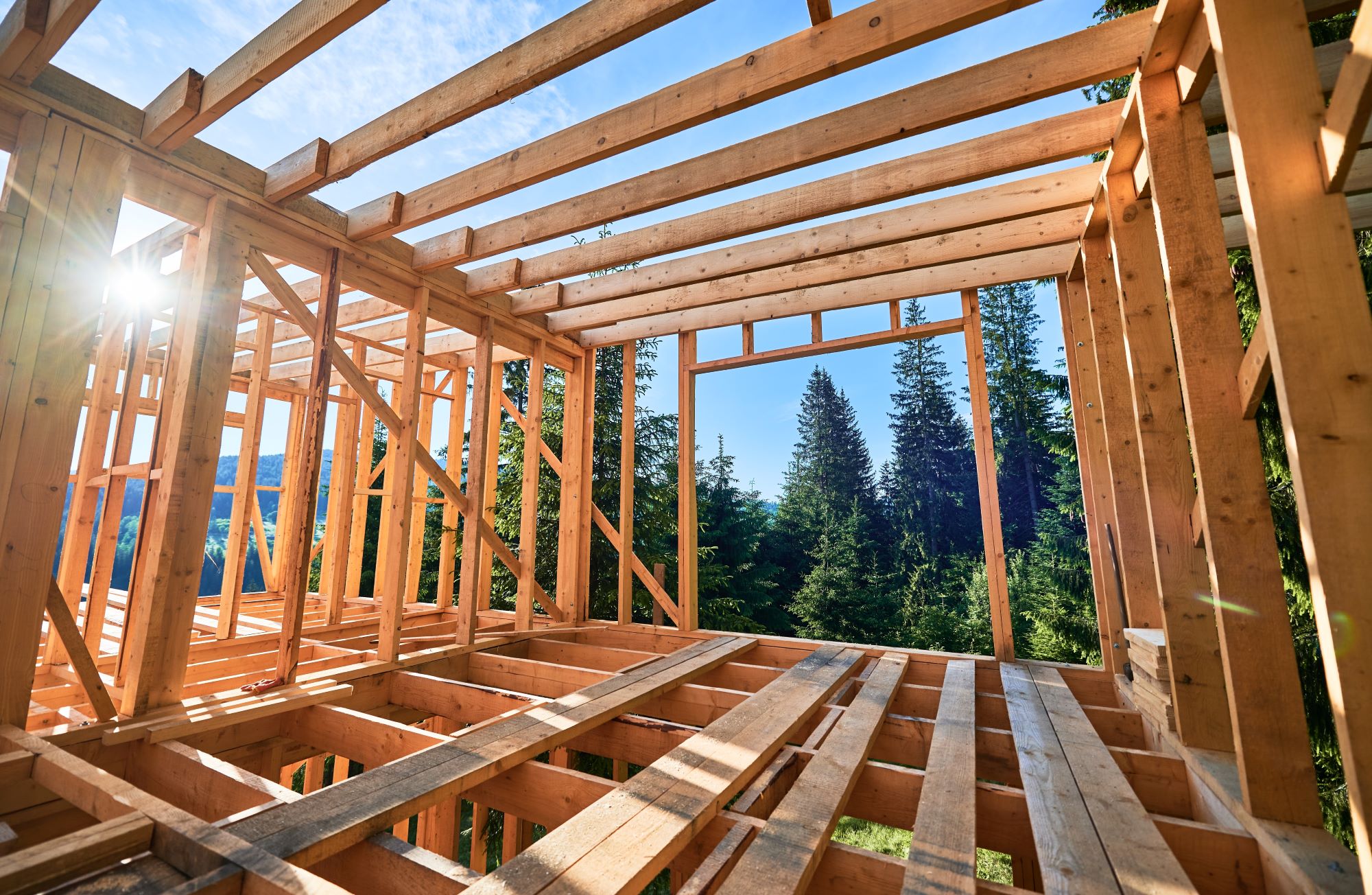Silhouettes of the properties have already begun popping up on a site in Low Hill, in the form of timber frameworks.
Led by City of Wolverhampton Council’s housing development team, the project is due to be comprised of 24 new homes, ranging from detached houses, bungalows and flats. The properties will also be a mixture of two, four and five bedrooms.
Supported by a £1.74m grant from Homes England, the houses have been designed by BM3 Architects and, once complete, will be situated on a site at the rear of Old Fallings Crescent.
‘This development helps address the local area’s housing needs by providing a variety of council homes that will enhance the surrounding neighbourhood and foster a vibrant and inclusive community,’ Councillor Steve Evans, deputy leader of the council and cabinet member for city housing, said. ‘A lot of credit must go to our housing development project managers for working in consultation with existing residents to develop such a strong scheme.’
While the scheme has been earmarked to provide much-needed affordable housing, it is also impressive because it is sustainable. The council have said the homes are being built with timber which reduces carbon footprint and energy consumption.
The latter is necessary considering the current uncertainty about whether energy bills will skyrocket next year.
Cllr Evans added: ‘I’m delighted to see the first timber frames going up on these well-designed homes, near to open spaces and community facilities, further providing much needed opportunities for Wolverhampton residents.’
In similar vein, Tom Broadway, managing director (West Midlands) at Morro Partnerships – the organisation behind delivering the new homes – said: ‘Building on our successful refurbishment of the Bushbury Triangle Centre and collaborative efforts with Wolverhampton Council, this scheme strengthens Morro’s continued investment in environmental care and social infrastructure.
By embedding high-quality, energy-efficient council homes into the area, we’re helping reduce residents’ carbon footprints, support diverse family types and regenerate previous underused land – delivering long-term benefit for Low Hill and beyond.’
Image via Shutterstock
In related news:
Spike in people seeking charitable support, but whose helping trusts?


















Leave a Reply